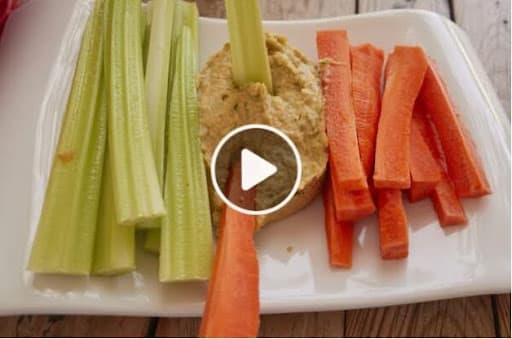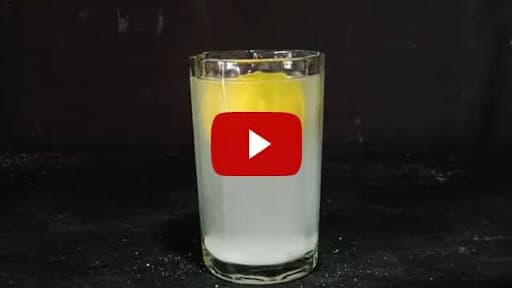The Best & Worst Types Of Honey To Eat For Longevity | Dr. Rupy Aujla
Honey is more than just a sweet treat. With its complex flavors and potential health benefits, choosing the right kind is crucial. This guide will help you understand how to pick the best honey, revealing insights into avoiding fakes and supporting wholesome sources.
Alarmingly, honey ranks third on the list of globally adulterated foods. Fake honey often blends different ingredients, like cane sugar or high fructose corn syrup, presenting as genuine honey to cut costs. Such adulteration not only misleads consumers but raises health concerns, with potential contaminants including antibiotics and toxins, compromising quality.
“There is money in honey – but the cost of counterfeit could be elevated health risks.”
Making informed choices about honey is paramount for savoring authentic products. Here are key criteria to guide your decisions when selecting honey.
Local honey production often minimizes the risks associated with mass-produced counterparts, where questionable practices like excessive heating are common. Supporting small beekeepers bolsters sustainable practices and ensures genuine honey production.
Trustworthy honey brands provide insight into production pathways from hive to jar. Labs testing further verifies the purity and benefiting components like polyphenols, assuring the value of a premium product.
- Cheap and mass-produced honey often involves dubious sourcing and blends.
- Terms like 'organic' or 'pure' can be misleading without accompanying supportive detail.
- Supermarket own-brands may fall short on ethical and health standards.
Honey is praised for trace levels of nutrients and antioxidants, with many enthusiasts asserting its health-boosting abilities. However, research is often inconclusive for substantial long-term benefits, advocating moderate consumption primarily as a flavoring agent rather than a health staple. Remember, at its core, honey remains a sugar alternative, best consumed enjoyably and sparingly.
From lemony flavors that "smack you in the face" to honey reminiscent of toffee caramel, each tasting reveals honey’s unique earthiness deserving appreciation akin to fine chocolate or wine. Approach your honey selection as more formal hobbyist indulgence to enhance knowing you’re leveraging well-spent tastes and resources.
“It’s often like Taste has a vividly different profile; every jar’s journey tantalizes more than just the palate.”
From Around The Web
Wellness Inbox is a blog & weekly newsletter that curates trending news and products related to health and wellness from around the web. We also gather content from various sources, including leading health professionals, and deliver it directly to you.
Please note that we may receive compensation if you purchase any products featured in our newsletter. Wellness Inbox is not affiliated with, nor does it endorse, any health professionals whose content may appear in our newsletter. The information provided is for general informational purposes only and should not be considered medical advice.
The information provided is not intended to replace professional medical advice, diagnosis, or treatment. All content, including text, graphics, images, and information available is for general informational purposes only. We do not guarantee the accuracy or completeness of any information presented and assume no liability for any errors or omissions. The content is subject to change without notice. We encourage you to verify any information with other reliable sources and consult your physician regarding any medical conditions or treatments.







